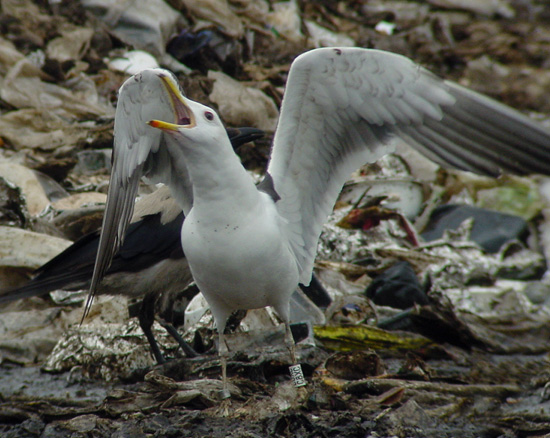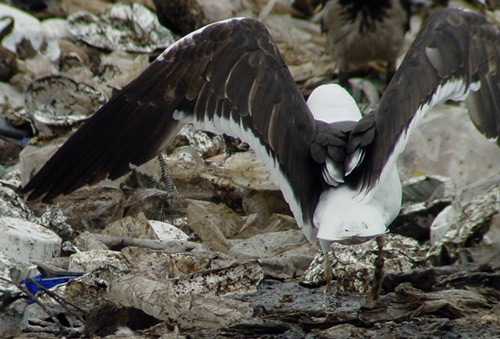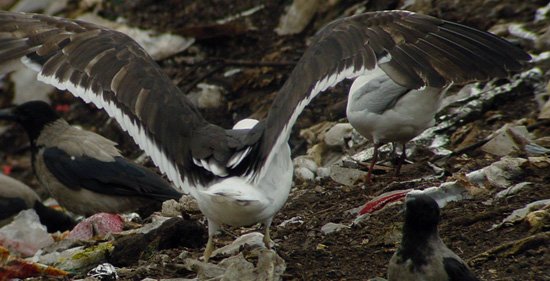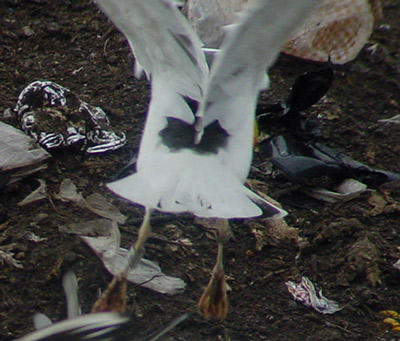 nominate Lesser Black-backed Gull (L. f. fuscus)
nominate Lesser Black-backed Gull (L. f. fuscus)
(last update:
Amir Ben Dov (Israel)
Hannu Koskinen (Finland)
Mars Muusse (the Netherlands)
fuscus 1cy July
fuscus 1cy Aug
fuscus 1cy Sept
fuscus 1cy Oct
fuscus 1cy Nov
fuscus 1cy Dec
fuscus 2cy Jan
fuscus 2cy Feb
fuscus 2cy March
fuscus 2cy April
fuscus 2cy May
fuscus 2cy June
fuscus 2cy July
fuscus 2cy Aug
fuscus 2cy Sept
fuscus 2cy Oct
fuscus 2cy Nov
fuscus 2cy Dec
fuscus 3cy Jan
fuscus 3cy Feb
fuscus 3cy March
fuscus 3cy April
fuscus 3cy May
fuscus 3cy June
fuscus 3cy July
fuscus 3cy August
fuscus 3cy Sept
fuscus 3cy October
fuscus 3cy Nov
fuscus 3cy Dec
fuscus 4cy Jan
fuscus 4cy Feb
fuscus 4cy March
fuscus 4cy April
fuscus 4cy May
fuscus 4cy June
fuscus 4cy July
fuscus 4cy Aug
fuscus 4cy Sept
fuscus 4cy Oct
fuscus 4cy Nov
fuscus 4cy Dec
fuscus ad Jan
fuscus ad Feb
fuscus ad March
fuscus ad April
fuscus ad May
fuscus ad June
fuscus ad July
fuscus ad Aug
fuscus unringed Aug
fuscus ad Sept
fuscus ad Oct
fuscus ad Nov
fuscus ad Dec
Larus fuscus fuscus 3cy C8XC, July 10-11 2003, Tampere, Finland (61.33N 24.59E).
C8XC was ringed in Kanala, Finland (61,40N 24,14E); ringed as pullus on June 28 2001 by Risto Juvaste.
Ring records at Tampere landfill:
2001-08-24, 2001-08-31,
2003-05-28, 2003-05-29, 2003-05-30, 2003-06-01, 2003-06-12, 2003-06-13, 2003-06-14, 2003-06-15, 2003-06-20, 2003-06-29, 2003-07-02, 2003-07-09, 2003-07-10, 2003-07-11, 2003-07-13, 2003-07-17, 2003-07-20, 2003-08-05, 2003-08-09, 2003-08-12.
Larus fuscus fuscus in 2cy often returns with completely replaced primaries and secondaries. In 3cy, fuscus more often shows a clear division between fresh inner primaries and older outer primaries, the inner primaries often showing neat white tips and the outer primaries often second generation-like with rounded tips and paler bleached brown. The arrested moult in the primaries is often reflected in the secondaries and (to a less extend) in the tail-feathers as well. The older tail-feathers (often R5 is older) still show a broad dark sub-terminal band.
3cy fuscus often have some black markings on the bill, which is otherwise much adult-like, with a clear red gonydeal spot. The colour of the naked parts are adult-like as well.
The scapulars in 3cy are often completely adult-like, lacking internal patterns; plain blackish grey with a mahogany hue on the older feathers. Most wing-coverts and tertials are adult-like blackish grey as well, but often 3cy birds show some very bleached pale brown wing-coverts, normally in the greater covert bar and in the upper rows of the lesser coverts. These bleached wing-coverts accentuate the jumpy sequence in the last wing-covert moult cycles, as there is often no clear pattern in location of these bleached feathers. Head and body feathers normally are snow-white by July.
C8XC was ringed as pullus at Kanala, Finland on June 28 2001, now in 3cy. This 3cy fuscus probably shows three generation primaries in the wing. On the wintering grounds, the inner primaries (P1-P5) were replaced for 3rd generation feathers and this moult was arrested on P5, prior to northbound migration. The division between P5 and P6 is still visible; P5 showing a white tip and sub-terminal black, while the outer primaries P6-P10 lack a white tip and are completely brown. They are typical 2nd generation feathers, lacking a mirror on P10. Back in Scandinavia, primary moult has been initiated again, with P1 (right wing) or P1-P2 (left wing) recently replaced, probably for 4th generation feathers. P3 is missing.
Together with the inner primaries, the secondaries have been replaced as well, although it seems the secondary moult has been suspended once after S1 was replaced. S1 now looks slightly older than the other secondaries. The rectrices have been replaced as well; they now appear fresh with pretty neat tips and some are white without any black markings. R5 on the right-hand side still shows an obvious sub-terminal band, as often can be seen in early required 3rd generation rectrices, but may be still second generation in this case. In general this individual represents typical 3rd calendar year fuscus, with black on the bill, a dark iris and many bleached, old wing-coverts. Note the scalloped pattern on the under-wing coverts.
Two other birds at Tampere were ringed at the same location, on the same date: C0XC and C5XE.




